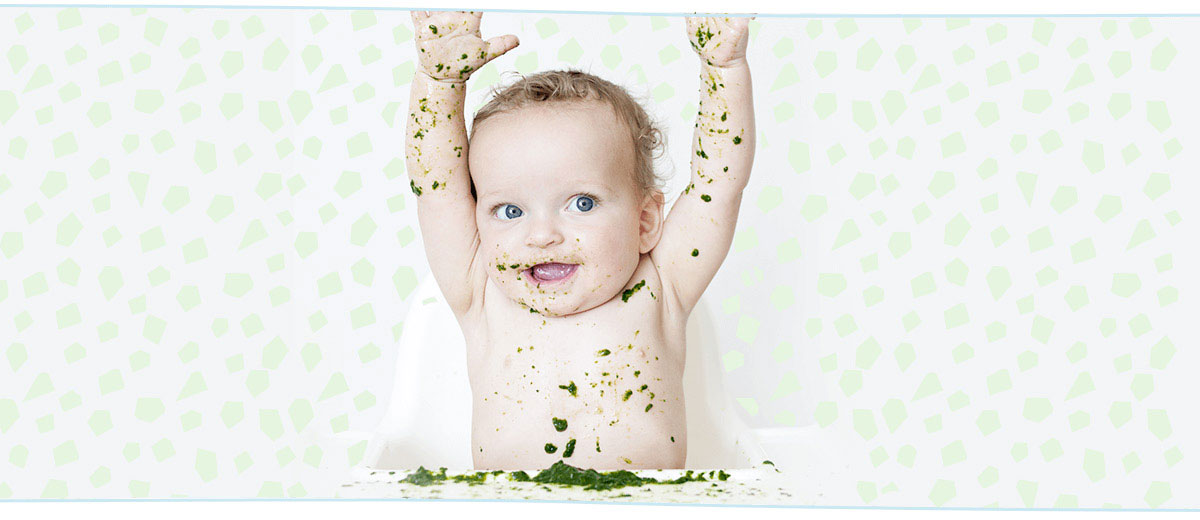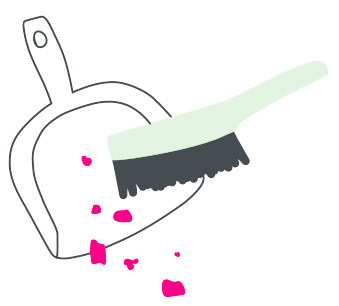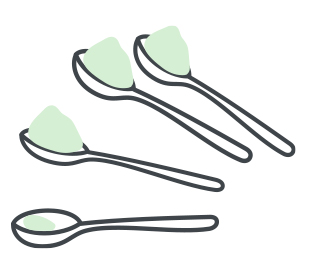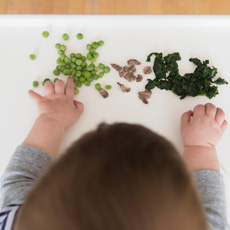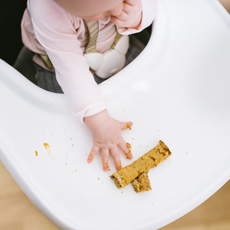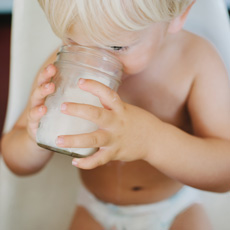There is something genuinely exciting about watching your baby take her first tentative nibble of solid food. You can almost see her hesitating and thinking "Hey! What’s this?" before taking a second experimental bite. Her funny faces will have you laughing. Keep your phone or camera handy.
Every baby is different, but yours will let you know how much she wants to eat and what she likes and dislikes. She will also eat different amounts on different days.
When introducing solid foods, begin with single-ingredient foods. Wait 3 to 5 days before introducing each new food to confirm or dismiss any concern about allergies.
Start with a small amount and increase gradually. Even a teaspoonful is enough for some beginners.



